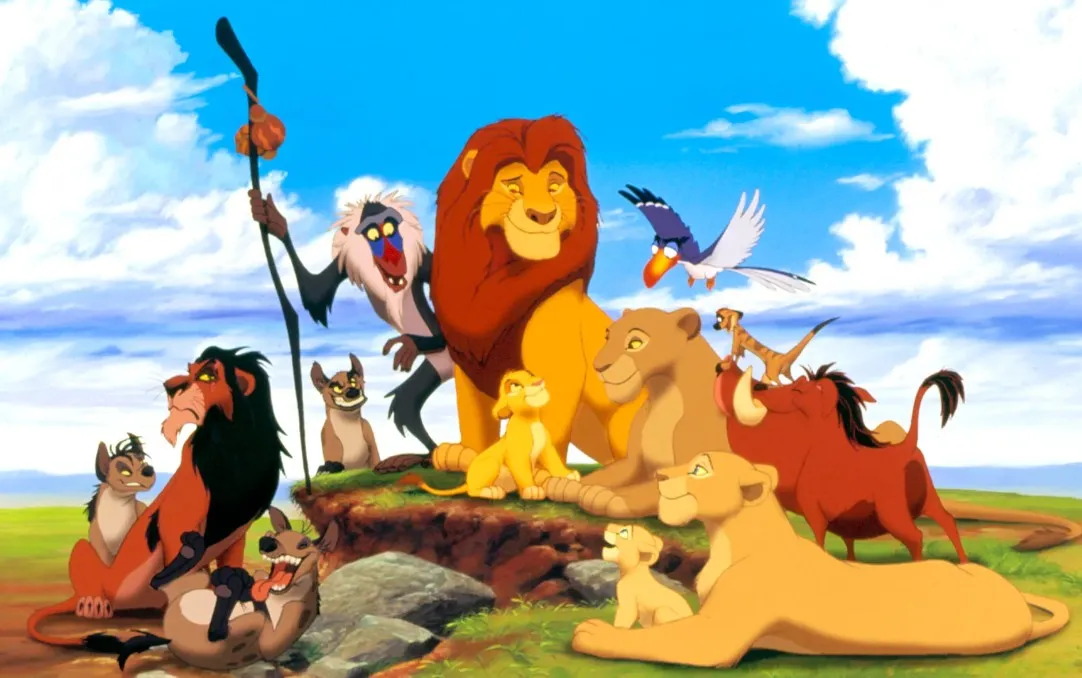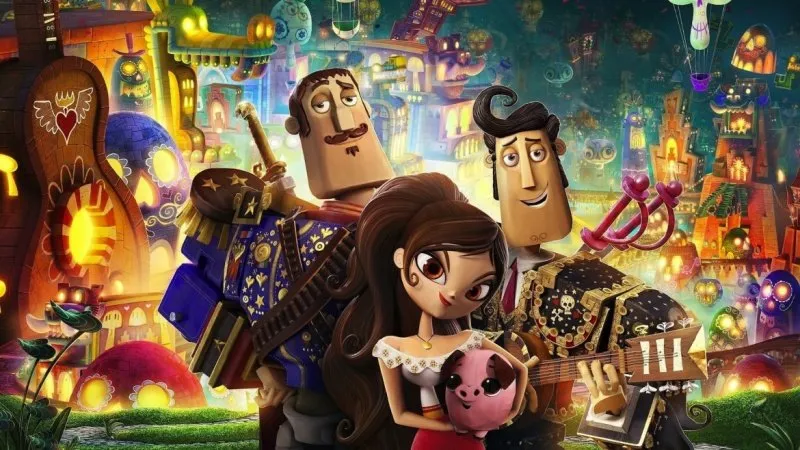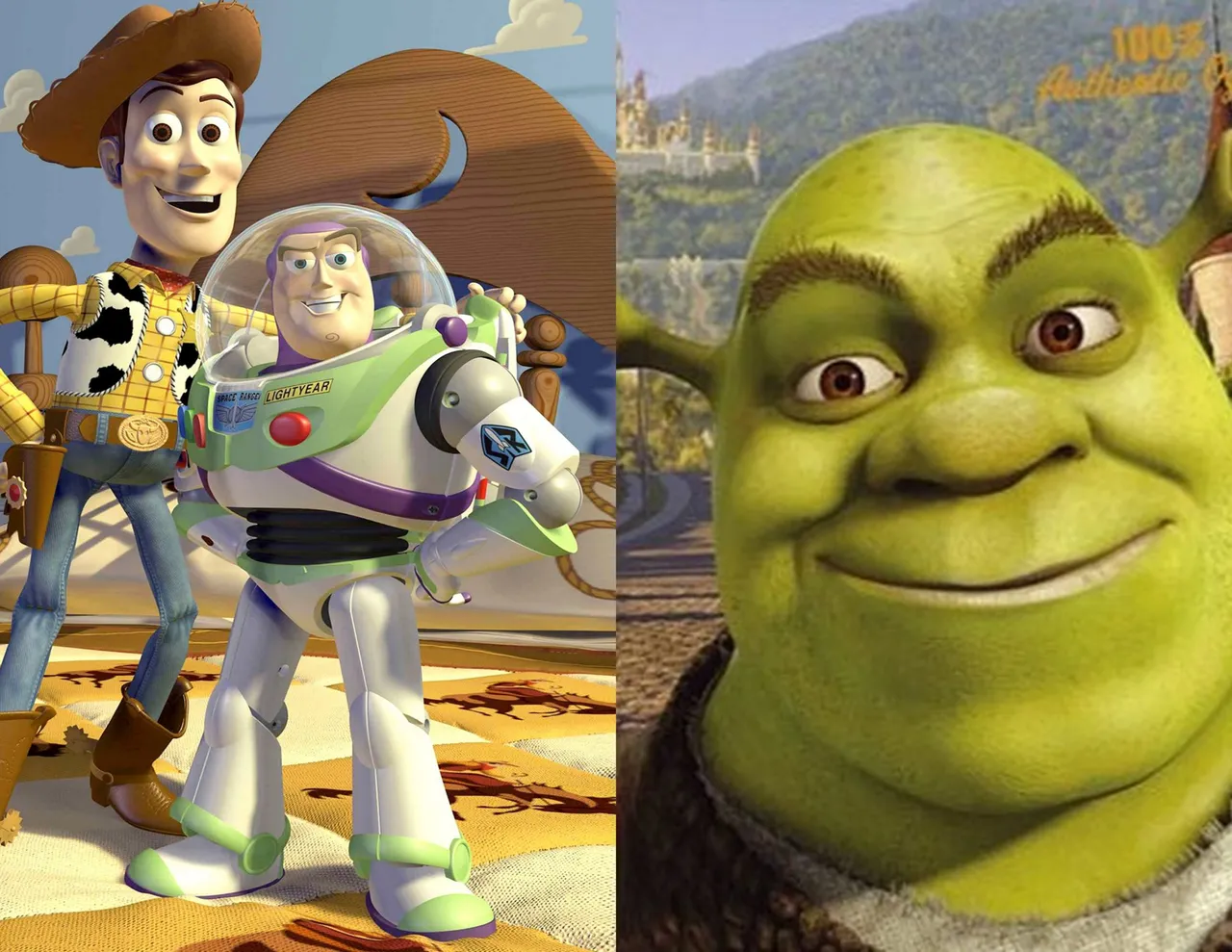What happened to this...

Animation has evolved(in some ways devolved) significantly over the years, from the early days of hand-drawn animations to the advent of computer-generated imagery (CGI). While traditional hand-drawn animation captivated audiences for decades, the rise of digital technologies and the demand for efficiency and cost-effectiveness have led to changes in the animation industry. In this article, we will explore the transition from traditional hand-drawn animation to digital animation and examine the factors that contributed to this shift.
The Rise of Digital Animation
The emergence of digital technologies revolutionized the animation industry, introducing new techniques and possibilities. Computer-generated animation, or CGI, became increasingly prevalent, offering enhanced visual effects, realistic simulations, and greater flexibility in the creative process. Digital animation opened up new horizons for animators, allowing them to experiment with 3D models, complex lighting, and dynamic camera movements.
Efficiency and Cost-effectiveness
One of the driving forces behind the shift from traditional hand-drawn animation to digital animation was the need for efficiency and cost-effectiveness. Hand-drawn animation is a labor-intensive process, requiring skilled artists to meticulously create each frame by hand. This traditional method often involved large teams and extended production timelines, making it time-consuming and expensive. Digital animation, on the other hand, streamlines the process by utilizing software tools that enable animators to create, edit, and manipulate characters and scenes more efficiently, reducing production time and costs.

Technological Advancements
The advancements in computer hardware and software played a pivotal role in the transition to digital animation. Powerful computers and software applications became more accessible and affordable, providing animators with the tools to create intricate and visually stunning animations. The use of digital drawing tablets, 3D modeling software, and advanced rendering engines allowed for greater control, detail, and realism in animated productions.
Demand for Visual Realism and Special Effects
With the rapid advancements in CGI, audiences developed a growing appetite for visually realistic animations and spectacular special effects. Digital animation provided the means to achieve these goals, allowing for intricate textures, lifelike movements, and immersive visual experiences. Films like Pixar's "Toy Story" and DreamWorks' "Shrek" showcased the potential of digital animation in creating visually stunning worlds and characters that captivated audiences worldwide.

Changing Audience Preferences and Market Demands
As audience tastes evolved, so did the demand for diverse animation styles and storytelling techniques. While traditional hand-drawn animation still holds a special place in the hearts of many, the industry adapted to cater to changing audience preferences. The success of CGI-animated films, along with the rise of animated television series and online streaming platforms, influenced the shift towards digital animation as it offered greater versatility and a broader range of creative possibilities.
The Coexistence of Traditional and Digital Animation
Despite the rise of digital animation, traditional hand-drawn animation has not completely disappeared. Many animators continue to embrace the art form, appreciating its unique charm and expressive qualities. Moreover, some animated productions, particularly independent and artistic projects, still utilize traditional hand-drawn techniques to convey a distinct visual style or evoke a sense of nostalgia.
The transition from traditional hand-drawn animation to digital animation was driven by factors such as efficiency, cost-effectiveness, technological advancements, audience preferences, and the demand for visual realism and special effects. While traditional animation techniques continue to have a place in the industry, digital animation has opened up new avenues for creativity and innovation. Both approaches to animation coexist today, offering a diverse range of styles and storytelling techniques that continue to captivate audiences worldwide.